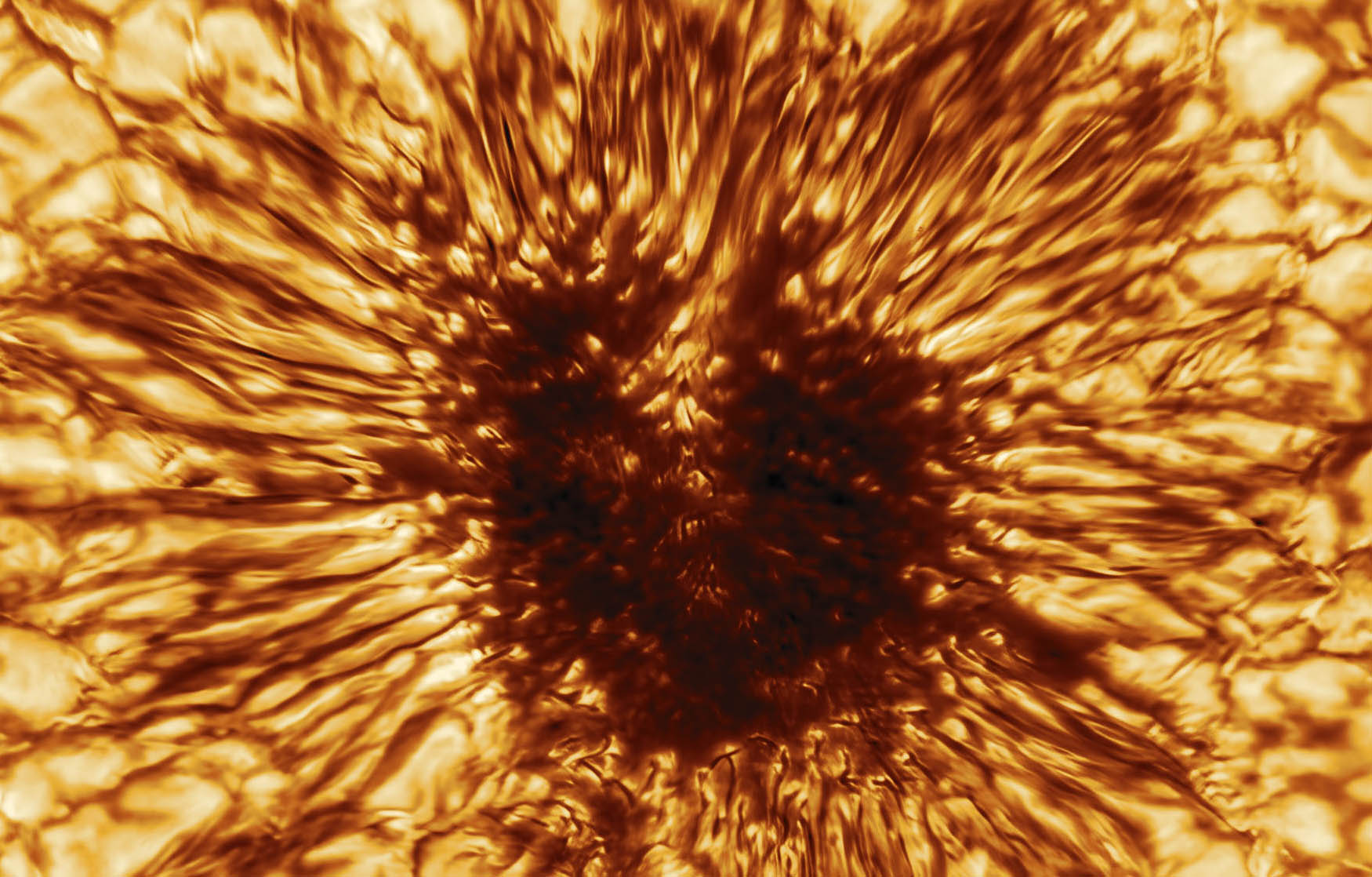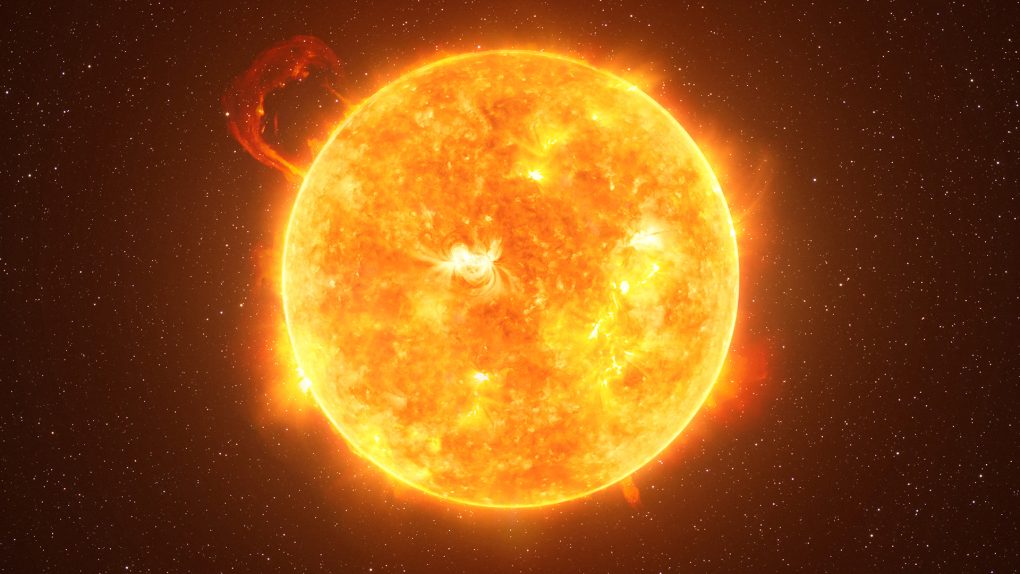The Sun’s activity cycle continues to stir things up, as our star recently unleashed a massive X-class solar flare that was strong enough to cause radio blackouts across the south Pacific. This latest flare was unleashed from an emerging sunspot that had just turned to face our planet, according to Spaceweather.com.
The Sun’s activity has continued to rise in recent years as the star works through its 11-year cycle. Activity is expected to peak sometime in 2025, and until then, it will continue to spew out solar flares from sunspots all across its surface.
On top of causing radio blackouts, we’ve also seen X-class solar flares like this creating auroras to the far south, making these sky-bound light shows visible from locations they might not normally be visible from. Some flares are also very quick, like this one, while others can last up to hours. Several months back, a video of a solar flare that lasted three hours surfaced.

This most recent X-class solar flare was just one of several that have occurred over the past few days. Traditionally, these events are classified using a number and a lettering system, with some flares being X-class and others being M-class. While an X-class flare, this latest event was only measured in at x1.09, making it a relatively weak example of X-class events.
Still, it was strong enough to cause some shortwave radio blackouts in the south Pacific after it hit the Earth, which it did around eight minutes after being ejected from the Sun. Thankfully the sunspot responsible for this most recent X-class solar flare has not shown any signs of unleashing a more powerful coronal mass ejection.
Coronal mass ejections, or CMEs, are large releases of the Sun’s plasma and its magnetic field that can disrupt our planet’s entire magnetosphere and create geomagnetic storms in the atmosphere. It’s these types of solar events that are often responsible for pushing auroras like the one mentioned above further south than they typically appear.








